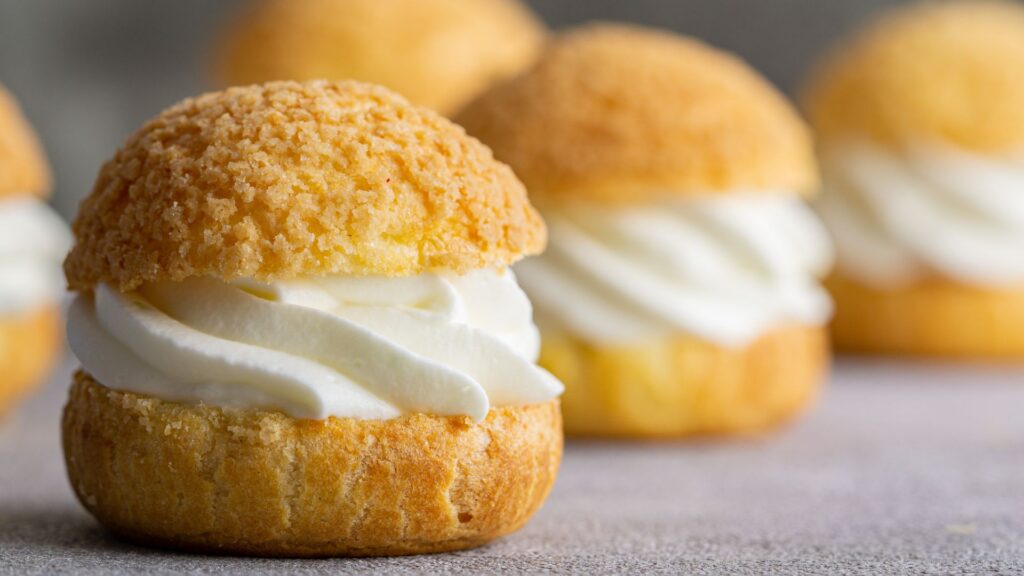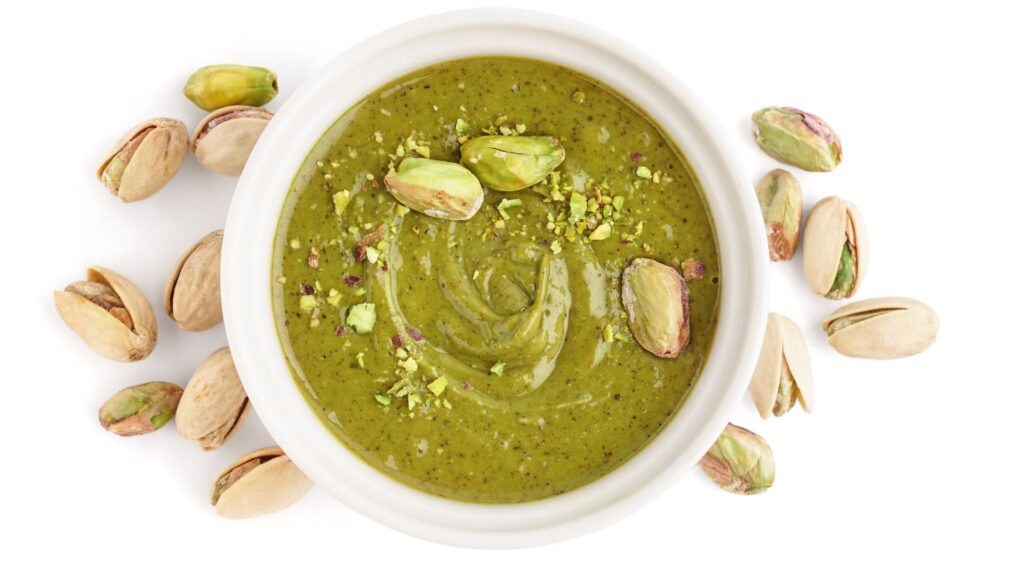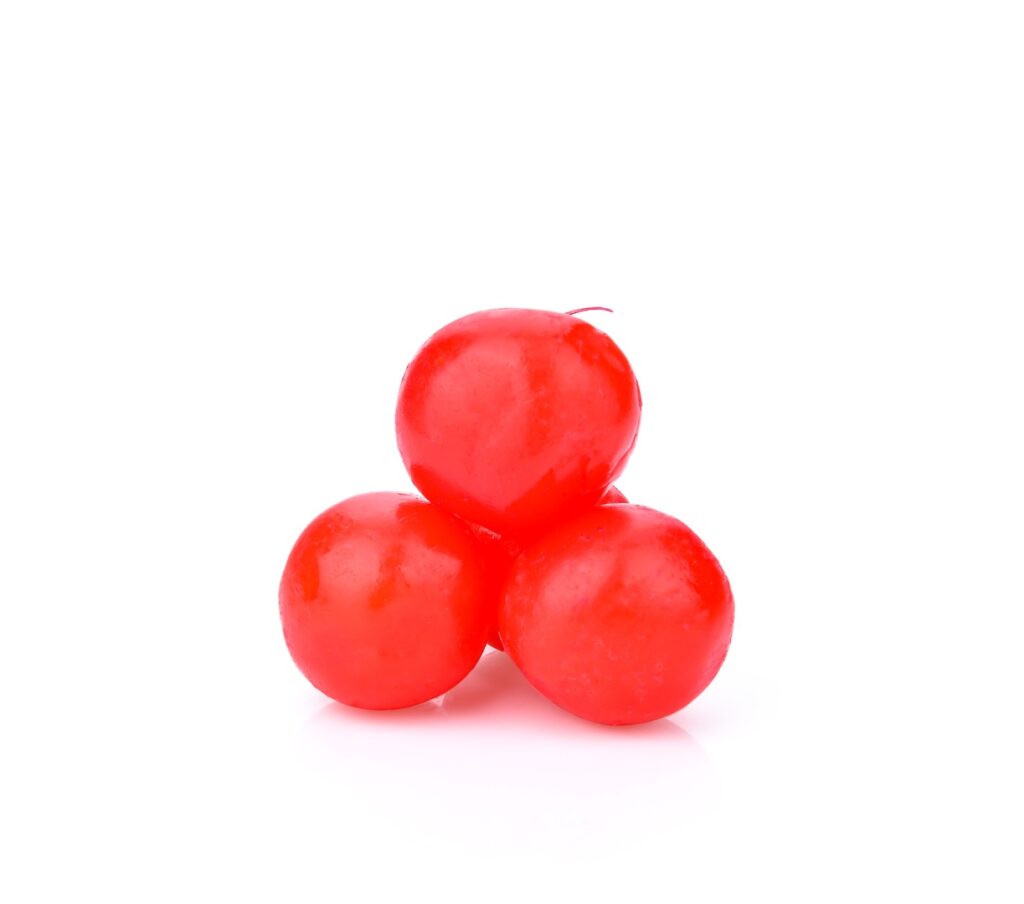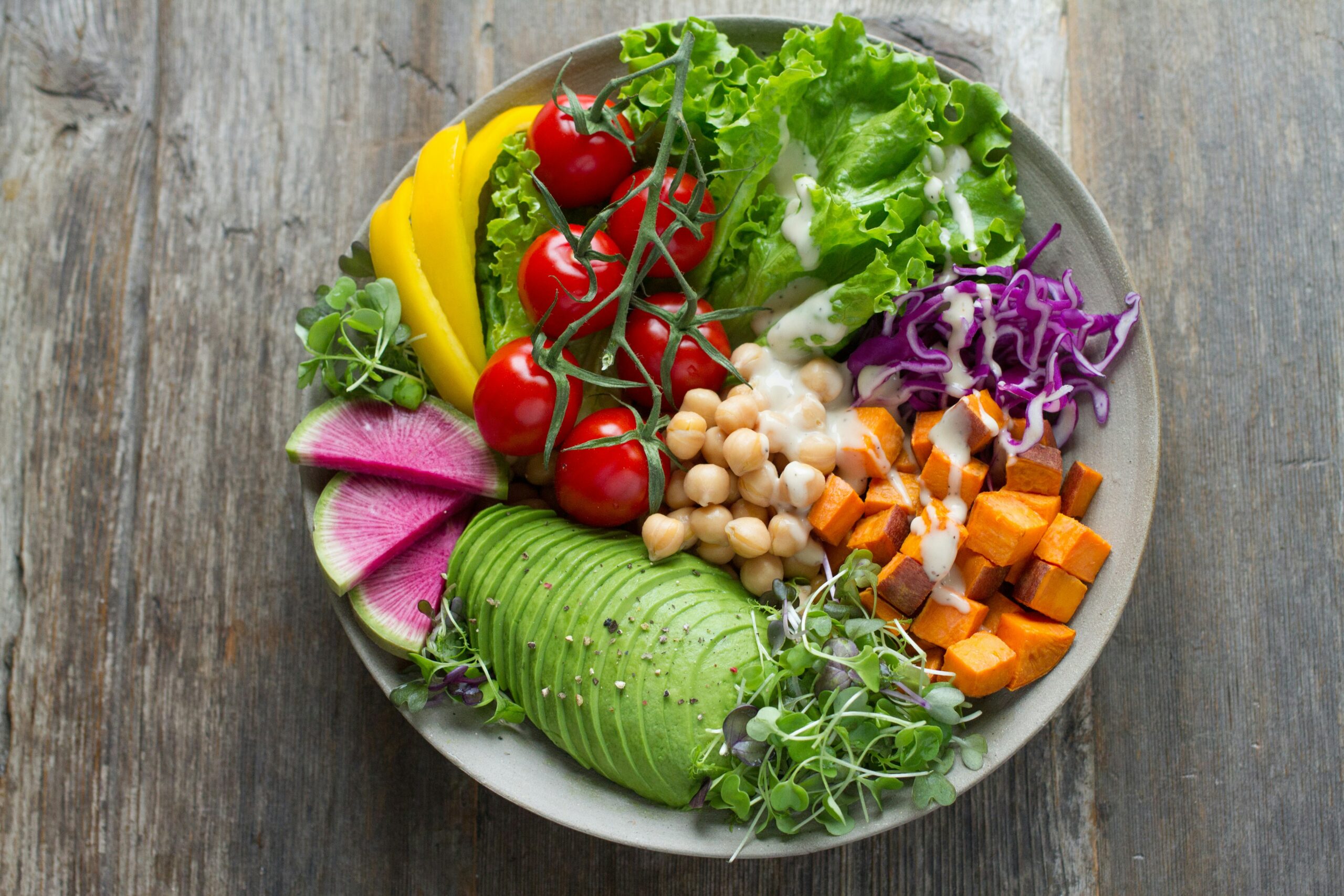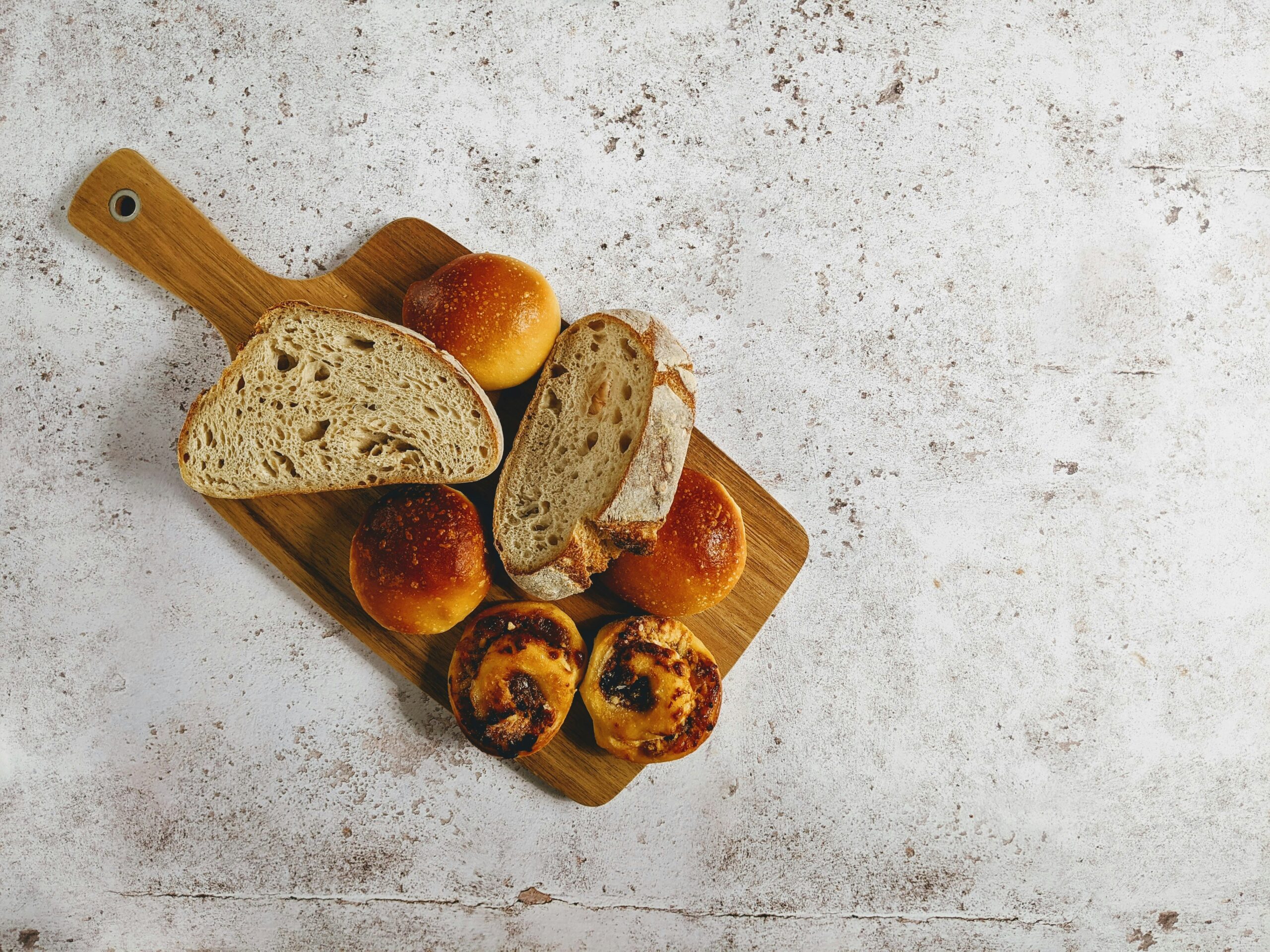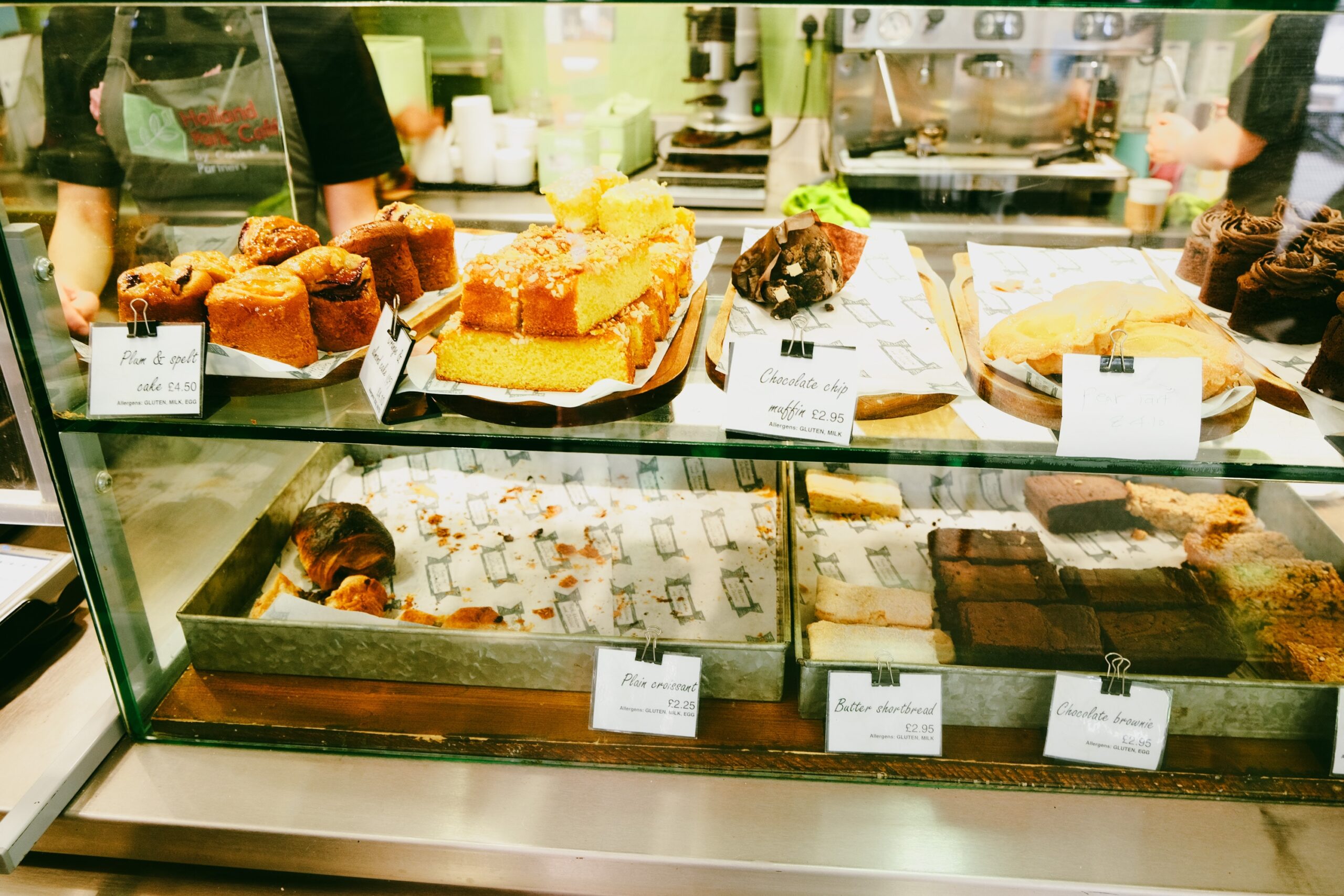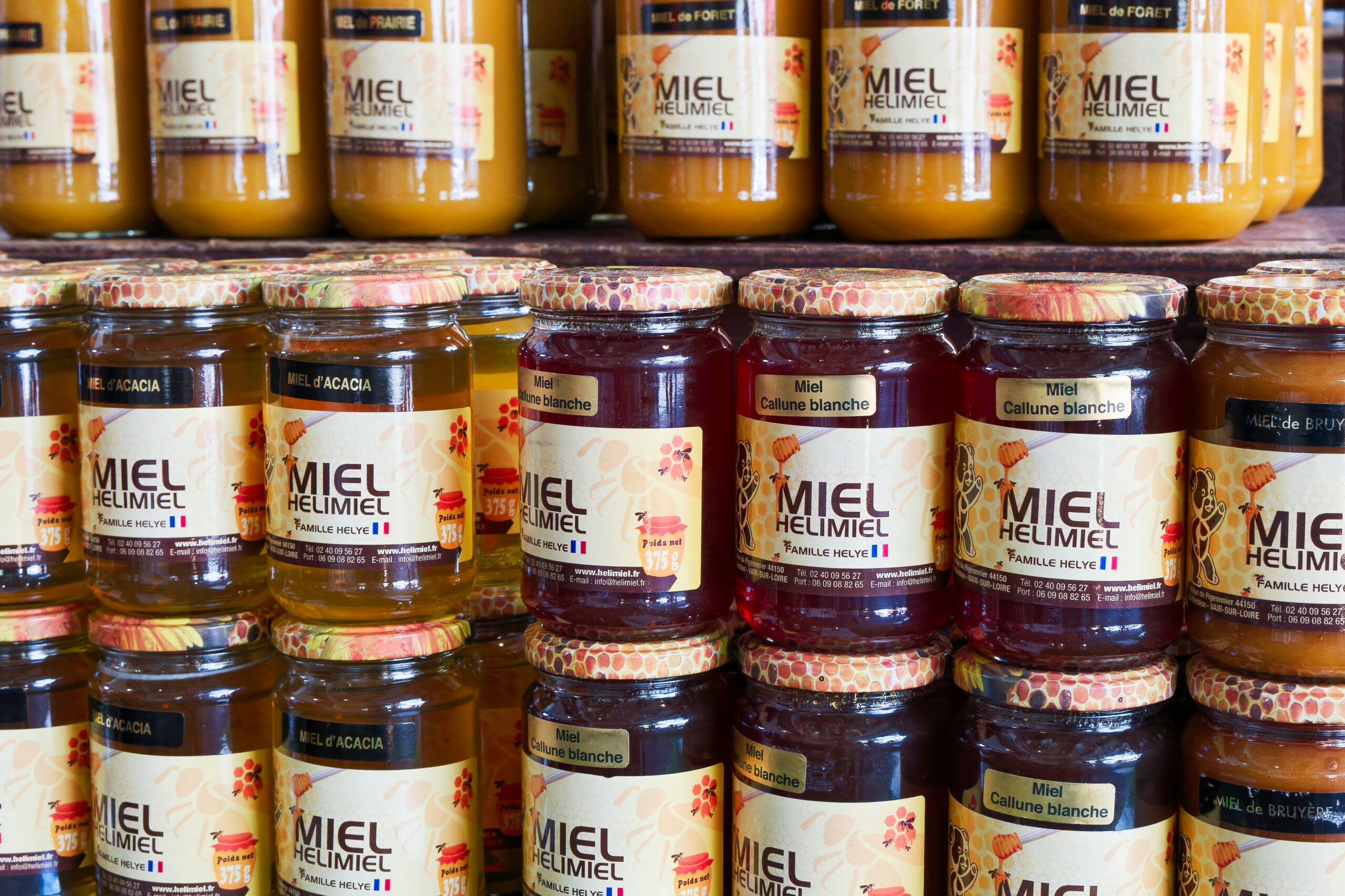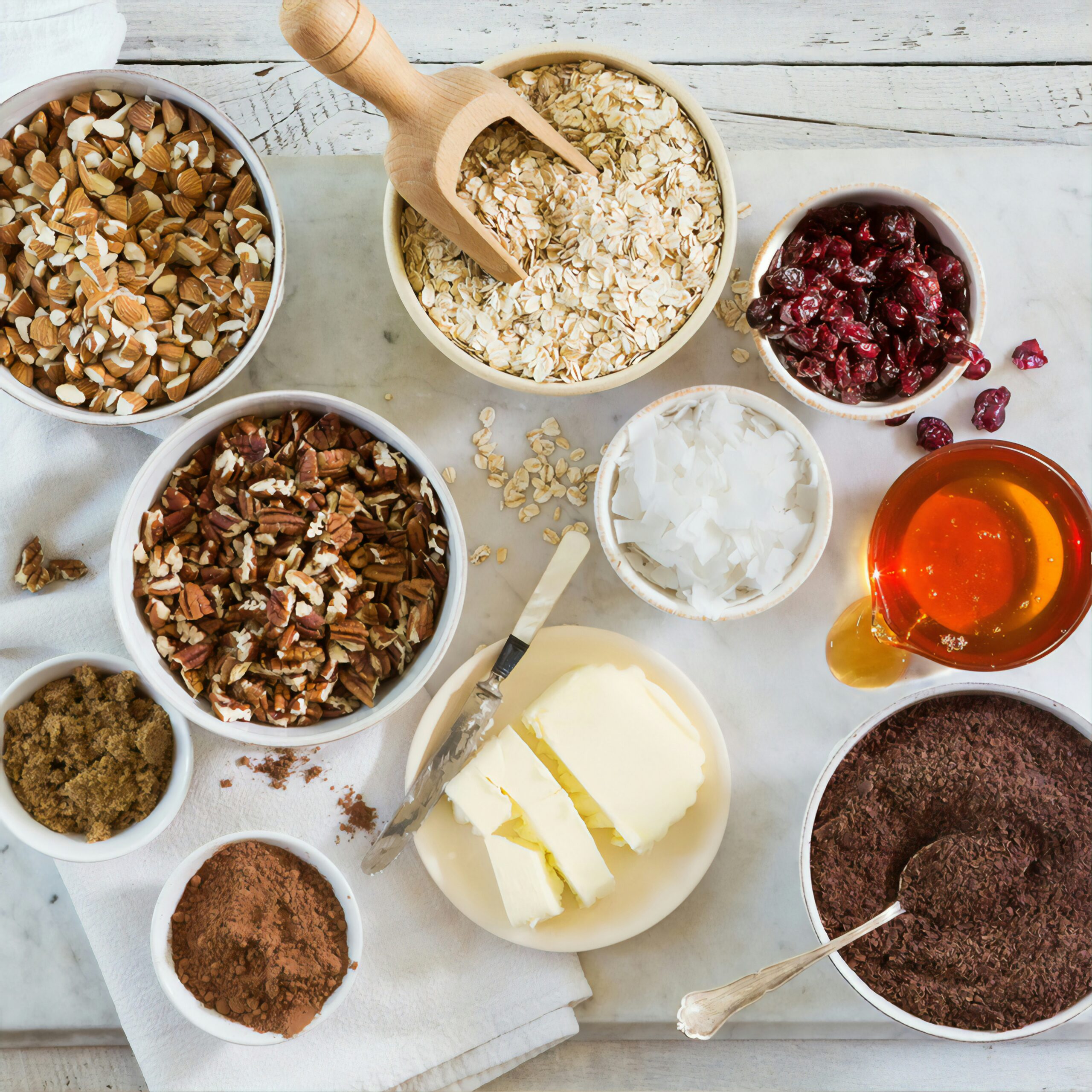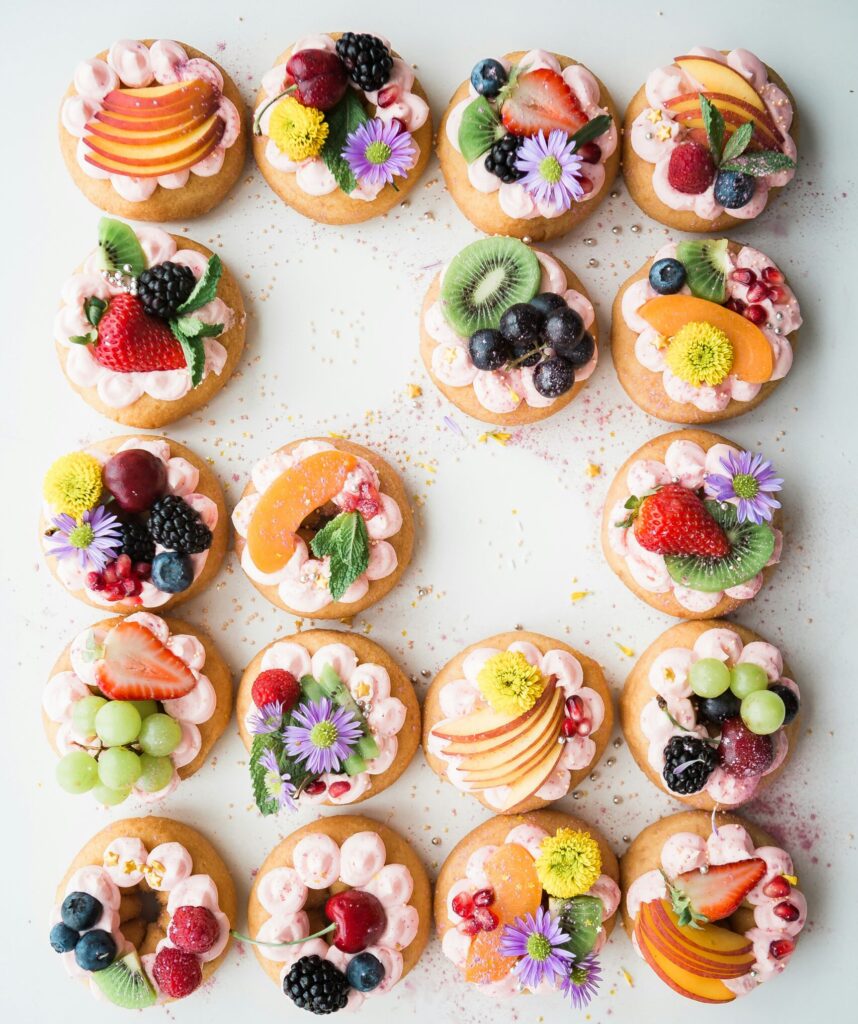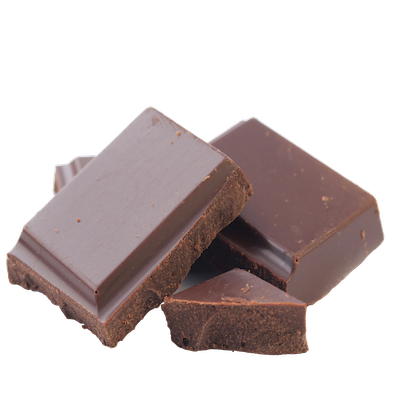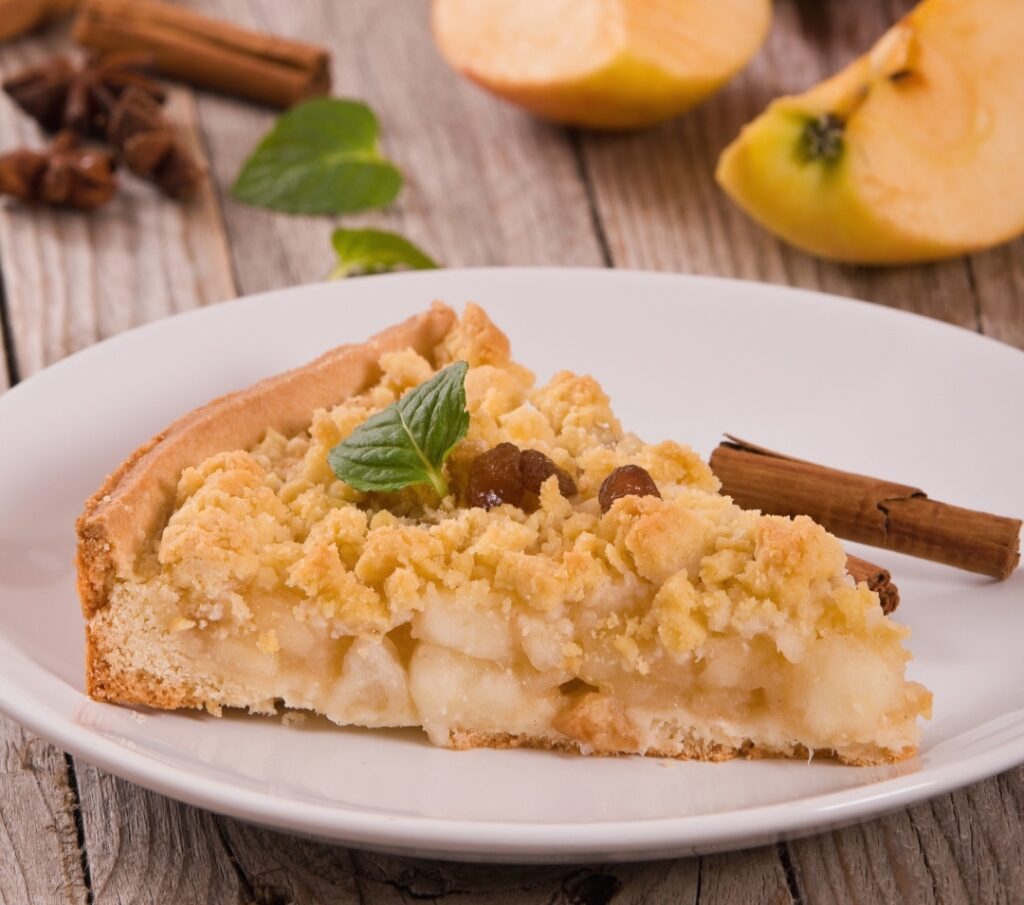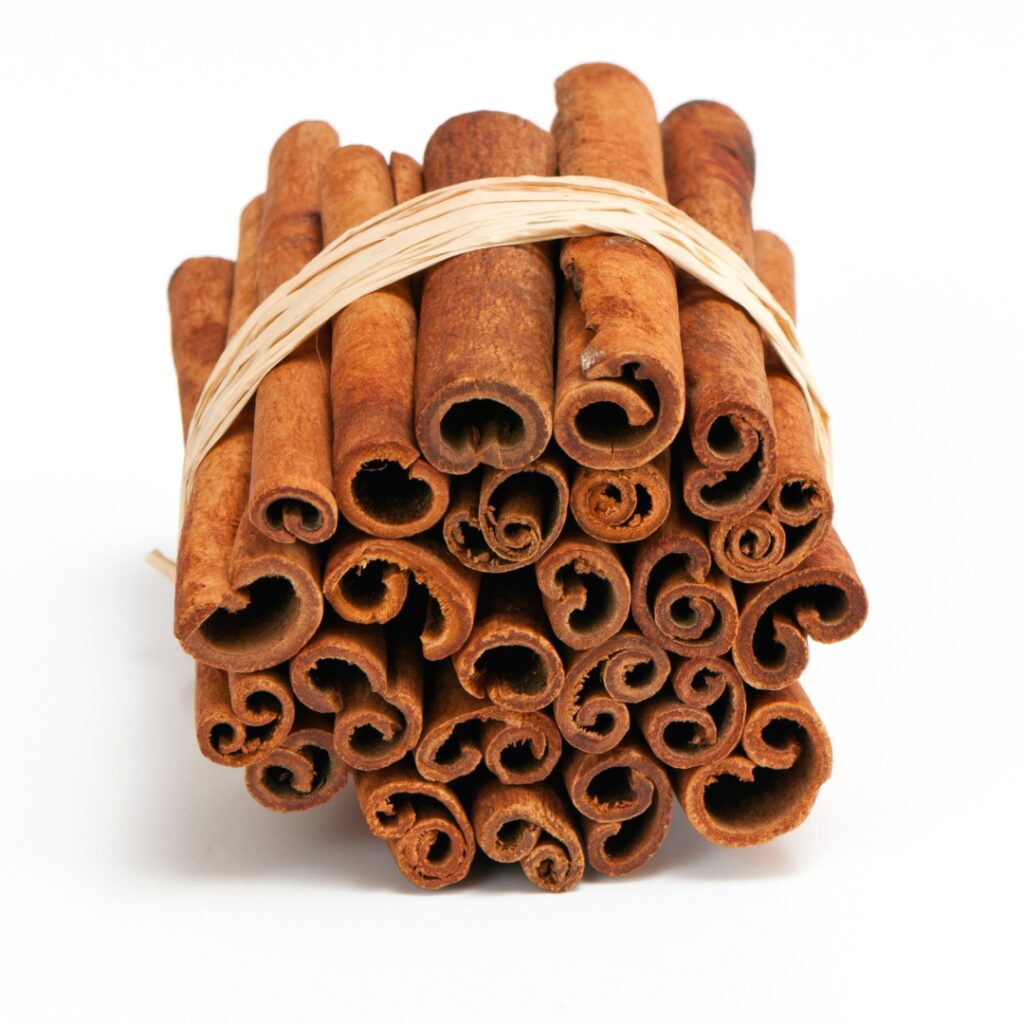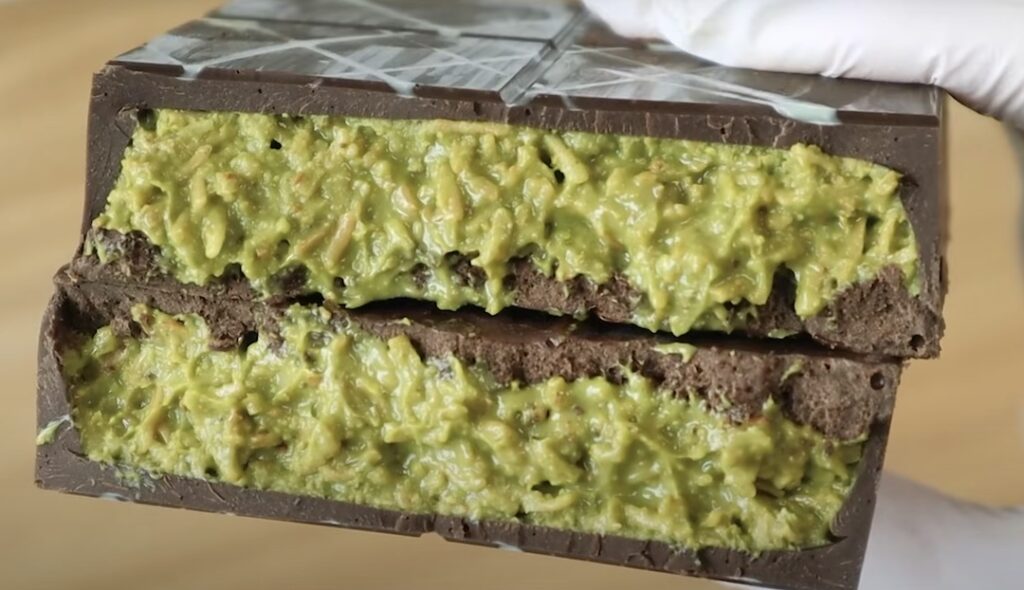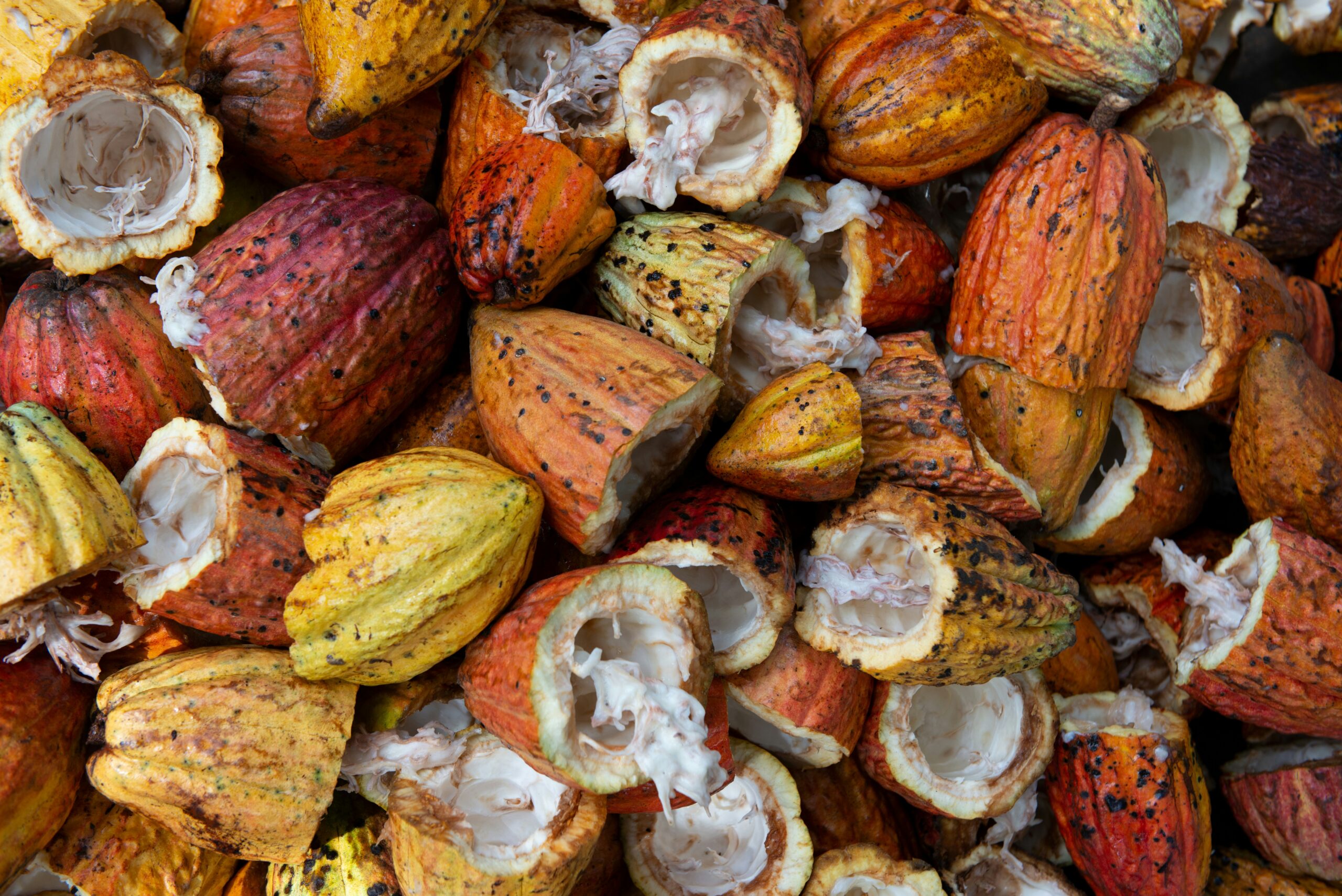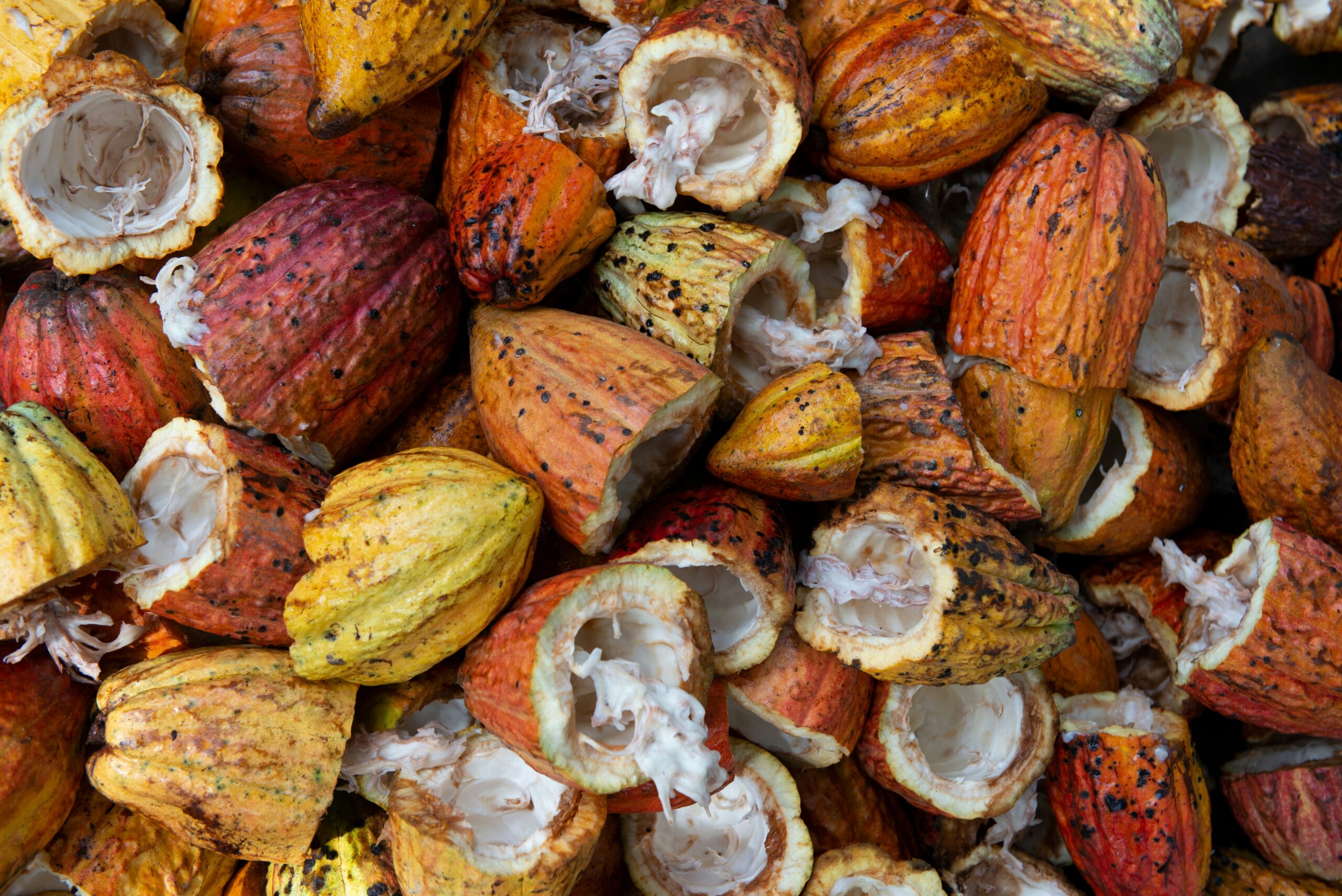Beyond the Basics: The Secrets of Pastry Perfection
The world of pastry is a journey through history, a delicate craft passed down through generations, and a source of joy in every bite. While many see a simple croissant or a perfectly glazed tart, we know that behind every masterpiece lies a story of innovation, tradition, and, most importantly, the finest ingredients. For food businesses, wholesalers, and manufacturers, understanding this journey is key to creating products that captivate customers and stand out in a competitive market.
What is the history of pastry, and how has it shaped what we eat today?
The story of pastry is a global one, beginning long before the elaborate desserts we know today. Ancient Egyptians are credited with some of the earliest forms of baked goods, using honey, nuts, and fruits to create sweet treats. The Greeks and Romans refined these ideas, creating pies with savory fillings and a simple dough of flour and water. As trade routes expanded, spices and sugar were introduced to Europe, particularly during the Middle Ages, which transformed pastry from a simple staple to a symbol of luxury and wealth.
The art of pastry truly flourished in France in the 17th century. French chefs began developing the delicate, flaky pastries that became a hallmark of the country’s cuisine. The croissant, for instance, has a legend placing its origin in Vienna, created to celebrate the defeat of the Ottoman Empire, but it was in France that it was perfected into the buttery, layered delight we enjoy today. The 19th century saw a culinary revolution led by figures like Marie-Antoine Carême, who perfected puff pastry and created the foundations for modern patisserie. His work and that of others cemented pastry as a true art form.
In Turkey and the wider region, pastries have a rich history. Baklava, a sweet pastry with layers of filo dough, chopped nuts, and syrup, is a prime example with origins in the Ottoman Empire. Another Turkish favorite is boyoz, a Sephardic Jewish pastry from Izmir, made from a hand-kneaded dough of flour, sunflower oil, and a touch of tahini. These traditional recipes and techniques have been handed down through the centuries, creating a tapestry of flavors and textures that continues to inspire bakers worldwide.
What are the different types of pastry, and what makes each one special?
The world of pastry is a diverse one, built on a few fundamental dough types. Knowing these allows a baker to create a wide variety of products, from delicate breakfast items to hearty pies.
- Puff Pastry: This is arguably the most versatile of all pastries, famous for its countless light and flaky layers. It’s made by repeatedly folding and rolling a dough with a layer of cold butter. When baked at a high temperature, the water in the butter turns to steam, creating a magnificent “puff”. It’s the secret behind everything from croissants and Danish pastries to turnovers and savory beef wellingtons.
- Choux Pastry: Known as pâte à choux in French, this is a delicate dough made from butter, water, flour, and eggs. When baked, the high moisture content creates a hollow center, perfect for filling with creams and mousses. This is the base for classic French desserts like éclairs and profiteroles, as well as the Spanish churros.
- Shortcrust Pastry: A crumbly, flaky pastry that is the foundation for countless tarts, pies, and quiches. It’s made with a higher ratio of flour to fat, which gives it its signature tender texture. The key is to handle it as little as possible to prevent a tough crust.
- Filo Pastry: Also known as phyllo, this unleavened dough is made from just flour and water and rolled into paper-thin sheets. It’s typically brushed with oil or butter and layered to create airy and crispy treats. It’s famously used in Mediterranean and Middle Eastern dishes like baklava and börek.
- Flaky Pastry: Sometimes called “rough puff,” this is a simpler version of puff pastry that doesn’t require as much rolling and folding. It still results in a wonderfully flaky texture and is a popular choice for sausage rolls and savory pasties.
Can pastries be healthy? How can we make them better for you?
In today’s market, “health” and “pastry” don’t have to be mutually exclusive. Consumers are increasingly mindful of what they eat, with a growing demand for “better-for-you” options. This doesn’t mean giving up on indulgence entirely, but rather finding ways to improve the nutritional profile of classic recipes.
One of the simplest ways is to reduce sugar content. A small reduction of up to 10% is often possible without significantly impacting taste or texture. You can also use natural alternatives to add sweetness, such as fruit compounds and purées. Incorporating ingredients like whole-wheat flour can boost fiber content, while using fats like olive oil or Greek yogurt can replace some butter and reduce saturated fat.
The “clean label” trend is another major focus, where customers look for products with shorter, simpler ingredient lists they can easily understand. This means opting for natural flavorings and colors, and avoiding artificial additives and preservatives. Bakers are also experimenting with ingredients like fava beans and yellow peas to create high-protein, plant-based goods that are both delicious and nutritious. The key is to find the right balance of ingredients and techniques to deliver on both taste and health.
Which flavors are capturing the imagination of customers today?
While classic flavors like vanilla, chocolate, and lemon remain popular, modern consumers, especially younger generations, are looking for excitement and new taste experiences. This has led to a fascinating mix of nostalgic comfort and global adventure on bakery shelves.
- Nostalgic Flavors, Reimagined: Consumers are rediscovering traditional flavors with a modern twist. Salted caramel is a perfect example, combining a familiar sweetness with a savory kick. Desserts like sticky toffee pudding and tiramisu are being reimagined in new formats, such as a pastry or a bun. This “newstalgia” trend allows bakeries to honor tradition while offering something fresh and exciting.
- A World of Spice and Citrus: International cuisines are a huge source of inspiration. Flavors from the Middle East, like pistachio and rose, are appearing in everything from doughnuts to cakes. There’s also a growing appetite for “swicy” (sweet and spicy) combinations, like honey with a touch of chili, and the bright, zesty notes of citrus fruits like yuzu and orange. These flavors offer a sense of adventure that appeals to a diverse and curious customer base.
- The Power of Fruit: Fruit fillings and toppings are perceived as both healthy and delicious, making them a fantastic option for modern pastries. Flavors like red raspberry, strawberry, and apple remain perennial favorites, but there’s a growing interest in combining them with other ingredients to create new experiences, such as apple and cinnamon or peach with pistachio.
Note from ISTBEA:
At ISTBEA, we believe that the best pastries start with the best raw materials. We are a Turkish manufacturer and supplier of high-quality pastry and bakery ingredients for wholesalers, food distributors, and food businesses. Our commitment to quality, consistency, and innovation helps our partners create the delicious, on-trend products that their customers love. With our ingredients, you can focus on the art of baking, confident that you are starting with a foundation of excellence.
Frequently Asked Questions
Q: What is the current situation with cocoa prices?
A: The cocoa market has been highly volatile in recent years due to supply challenges in key producing regions in West Africa, leading to a significant increase in prices. Weather issues and disease outbreaks have devastated cocoa yields. Prices hit record highs in April 2024, but some stabilization is expected in the second half of 2025 as production improves.
Q: How can bakers deal with high cocoa prices?
A: Bakers are adapting by either reducing the amount of chocolate in recipes or using cocoa replacers. There are many high-quality replacers on the market made from ingredients like malt extract, sunflower seeds, or even brewers’ spent grain. These alternatives help control costs without compromising on flavor.
Q: Are free-from bakery products becoming more popular?
A: Yes, the free-from sector is one of the fastest-growing in the UK baking industry. It is outpacing the market, with ambient free-from bakery sales growing by 9.4% year-on-year. This growth is driven by increasing demand from both people with specific dietary needs (like celiac disease) and health-conscious consumers.
Q: What is a “clean label” and why is it important?
A: A “clean label” generally refers to a product with a short and simple list of ingredients that are easy to understand. It has evolved to include transparency about sourcing and minimal processing. It’s important because consumers are increasingly conscious of what is in their food and are looking for natural and healthier options.

